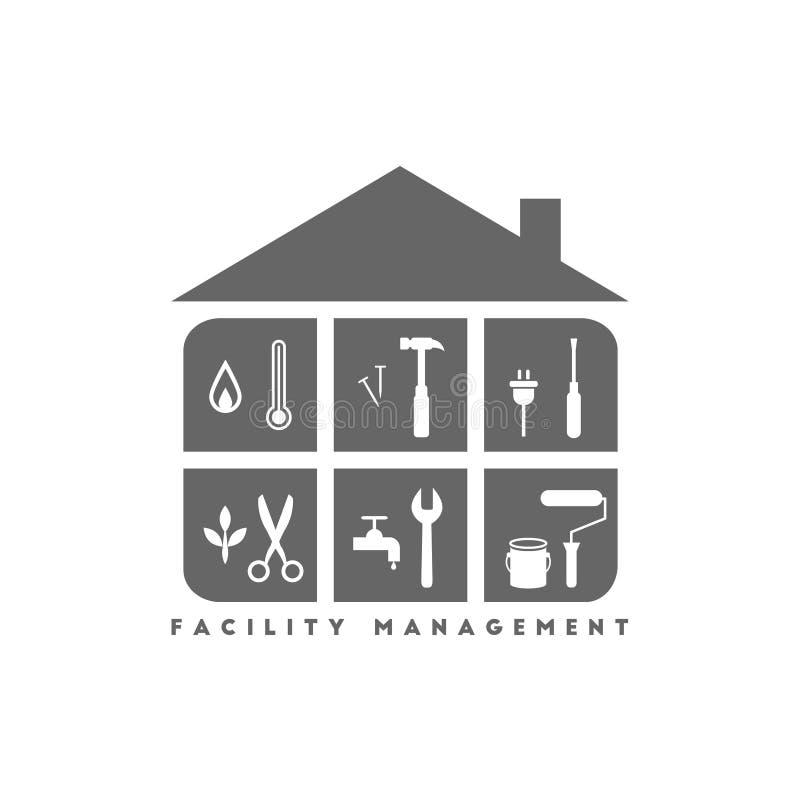Total Facility Management Explained: A Resource for Property Owners
Total Facility Management Explained: A Resource for Property Owners
Blog Article
Top Benefits of Total Facility Management for Streamlined Operations
Total Facility Management (TFM) represents a calculated strategy to improving functional effectiveness by integrating different services, such as maintenance and security, under a unified management framework. The question remains: what particular benefits can companies harness from adopting TFM, and exactly how might these benefits change their functional landscape?
Improved Operational Efficiency
Improved operational performance is a primary advantage of carrying out total facility management (TFM) approaches. TFM includes an extensive technique to taking care of a center's sources, procedures, and framework, inevitably streamlining procedures. By consolidating numerous solutions-- such as upkeep, cleansing, security, and area management-- TFM reduces redundancies and enhances control amongst different operational features.
The combination of technology further amplifies this efficiency. Advanced facility management systems provide real-time data analytics, enabling facility managers to make informed decisions that enhance process and resource allotment. Anticipating upkeep methods, for instance, prepare for tools failings before they occur, minimizing downtime and expanding property life expectancy.
In addition, TFM promotes standard processes across different divisions, making certain consistency and high quality in service delivery. This uniformity reduces functional disturbances and cultivates a much more collaborative workplace. As an outcome, workers can focus on their core responsibilities, driving performance and enhancing overall performance.

Cost Decrease and Cost Savings
Implementing total facility management (TFM) not only enhances operational effectiveness however also considerably contributes to set you back reduction and cost savings. By consolidating numerous services under a solitary management framework, organizations can remove redundancies and enhance procedures, thereby reducing operational prices. TFM makes it possible for better procurement strategies, allowing companies to discuss bulk purchasing arrangements with distributors and service companies, leading to lower rates.
Additionally, TFM highlights preventative upkeep, which lessens unexpected breakdowns and extends the lifespan of critical equipment. This positive approach not just lowers repair work prices but likewise boosts the dependability of facilitiess, making sure nonstop operations. Furthermore, energy effectiveness campaigns, typically a crucial focus of TFM, cause considerable financial savings on utility bills, as facilitiess are optimized for minimized power intake.
Improved Resource Management
Reliable source management is a keystone of total facility management (TFM), enabling organizations to optimize the use of their possessions and workforce. By implementing TFM methods, organizations can comprehensively examine their resource allotment, guaranteeing that every asset is used efficiently and efficiently. This all natural method permits the identification of underperforming sources and the potential for reallocation or improvement.
On top of that, TFM promotes the integration of innovation for real-time monitoring of resources, which helps in predicting upkeep needs and preventing costly downtime. By leveraging data analytics, organizations can make enlightened decisions about resource release, ultimately enhancing performance and minimizing waste.
Moreover, TFM promotes a culture of continuous enhancement, encouraging groups to consistently review and refine their resource management practices. Total Facility Management. This positive position not just lessens operational disturbances yet also cultivates advancement, as workers are encouraged to recommend enhancements based upon their firsthand experiences with source use
Streamlined Communication Networks
In total facility management, structured interaction networks play an important function in promoting collaboration and effectiveness throughout teams. Efficient interaction makes certain that all stakeholders, including facility managers, upkeep staff, and service suppliers, are aligned with operational requirements and organizational goals. By developing clear lines of communication, teams can swiftly resolve problems, share updates, and apply options, thus minimizing downtime and improving productivity.
With systematized communication platforms, info is easily obtainable, permitting real-time updates on upkeep requests, resource allocation, and task timelines. This transparency not just decreases misconceptions but also encourages workers to make informed decisions promptly. Additionally, streamlined communication facilitates far better coordination throughout emergency situations, guaranteeing that all personnel are notified and can respond promptly.

Increased Focus on Core Activities
A key advantage of total facility management is the increased concentrate on core activities, permitting organizations to focus on their key business objectives - Total Facility Management. By outsourcing non-core features such as upkeep, cleansing, and protection, firms can reroute their sources and energy towards critical campaigns that straight add to their competitive advantage and development
Total facility management incorporates different functional tasks under a single umbrella, fostering effectiveness and reducing redundancy. This consolidation not only improves procedures yet also enhances responsibility, making sure that go to website every element of the facility operates harmoniously without diverting interest from what genuinely matters-- core service features.
Moreover, this technique makes it possible for workers to devote their effort and time to tasks that drive advancement and boost customer satisfaction, rather than obtaining slowed down by functional challenges. With a reputable facility management partner handling day-to-day operations, organizations can accomplish higher agility, react promptly to market adjustments, and maintain a sharper concentrate on their goal.
Inevitably, enhanced focus on core activities results in boosted overall efficiency, allowing organizations to strengthen their market placement and accomplish their critical objectives better. - Total Facility Management
Final Thought
In conclusion, Total Facility Management dramatically boosts look at here now operational effectiveness by consolidating vital solutions and leveraging data analytics for notified decision-making. Cost reductions and boosted source management add to general financial savings, while streamlined communication networks foster cooperation amongst stakeholders.
Total Facility Management (TFM) stands for a strategic method to improving functional effectiveness by incorporating different solutions, such as maintenance and protection, under a unified management framework.Boosted functional efficiency is a main advantage of executing total facility management (TFM) strategies. Advanced facility management systems give real-time information analytics, allowing facility managers to make educated decisions that enhance process and source allowance.Executing total facility management (TFM) not only boosts operational effectiveness however also significantly adds to set you back decrease and savings.Efficient resource management is a foundation of total facility management (TFM), enabling organizations to maximize the usage of their properties and workforce.
Report this page